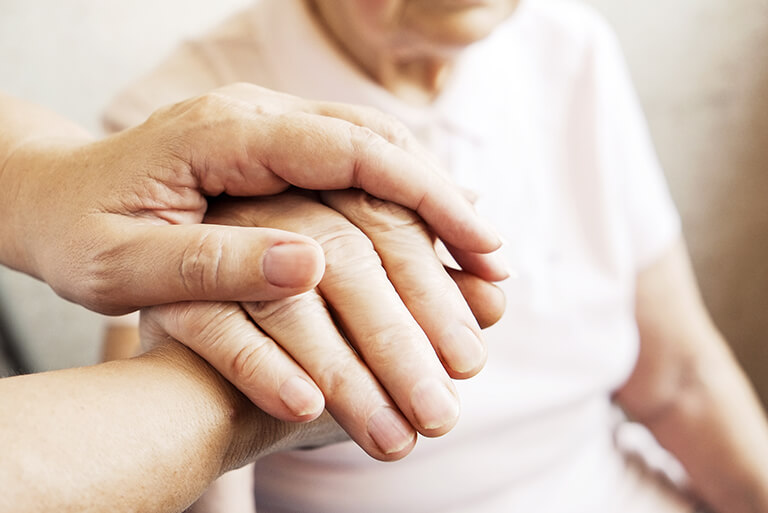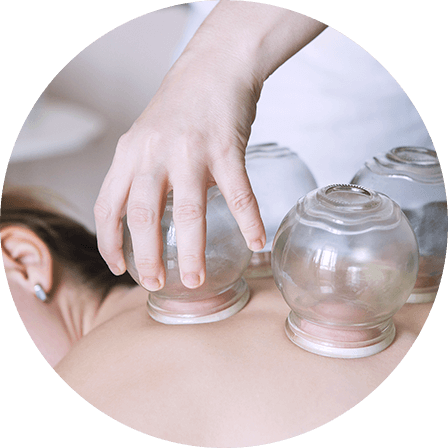Stroke is deadly and dreadful
Stroke remains the fourth leading cause of death in Singapore and is one of the top contributors of adult disability – 63% of stroke patients have some disability within three months. The silent and deadly nature of stroke, as well as the resulting long-term disability, makes it one of the most dreadful illnesses which everyone fears. Traditional Chinese Medicine (TCM) has been used for many centuries and is still widely used today in many countries (especially south and east Asia) for the treatment and prevention of stroke, complementing conventional western medical care. However, most people are still unaware of the benefits that TCM can offer in the long, arduous process of stroke rehabilitation. This article hopes to shed light on how TCM views stroke, the types of TCM treatments and their benefits in stroke recovery.
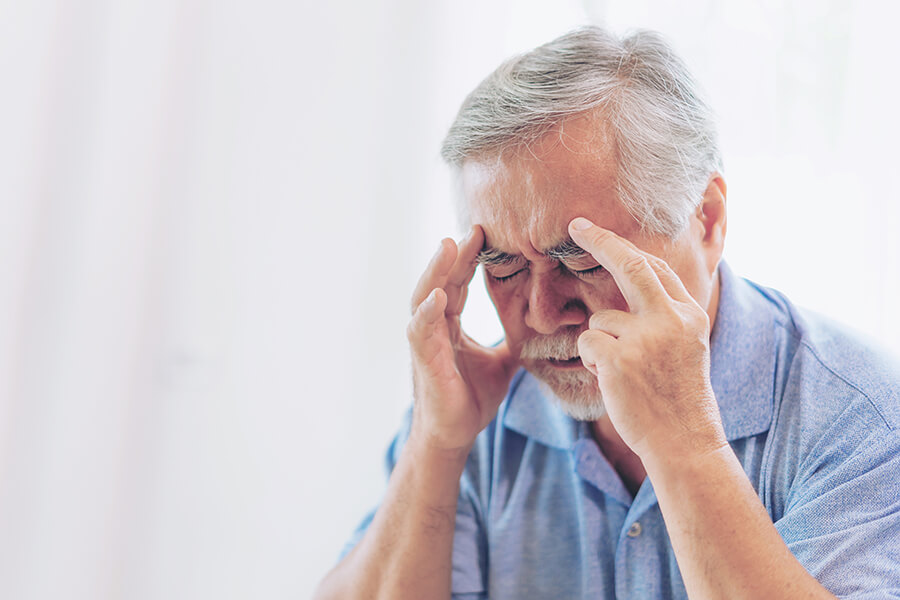
What is stroke?
From a biomedical perspective, stroke occurs when blood supply to the brain is interrupted. This causes brain cells to lose their function, thus leading to the signs and symptoms commonly observed. There are two main types of stroke:
- Ischaemic stroke occurs due to blockage of the blood vessel, limiting blood flow to the brain. It is the most common type, accounting for 74% of strokes in Singapore.
- Hemorrhagic stroke occurs due to rupture of a blood vessel, causing bleeding into the brain. This makes up 24% of strokes in Singapore.
Please note: all words in Italics mentioned henceforth refer to the TCM organ-system and not the anatomical organ referenced in western medicine.
Meanwhile, in TCM theory, stroke is more than just an illness of the brain as it affects the meridians and other organs as well. From TCM perspective, stroke has been thought to be caused by internal and external influences, resulting in disrupted and unsettled flow of Qi and blood in the body which ultimately rush upwards to the head. Knowing and understanding the internal and external factors contributing to the development of stroke enables one to take precautionary actions to reduce the risk of stroke occurrence.
Early identification and intervention for stroke
It is well-established that timely intervention at the onset of acute stroke is crucial as more brain tissues can be rescued. This translates into saving body functions and better quality of life for the patient in the long run. Therefore, being aware of stroke symptoms and seeking immediate treatment by calling the ambulance is life-saving knowledge which everyone should know. Common symptoms of stroke include:
- Sudden weakness or numbness of the face, arm or leg, especially on one side of the body
- Sudden slurring of speech
- Sudden trouble walking, dizziness, loss of balance or incoordination
- Sudden severe headache with no known cause
- Sudden trouble seeing in one or both eyes
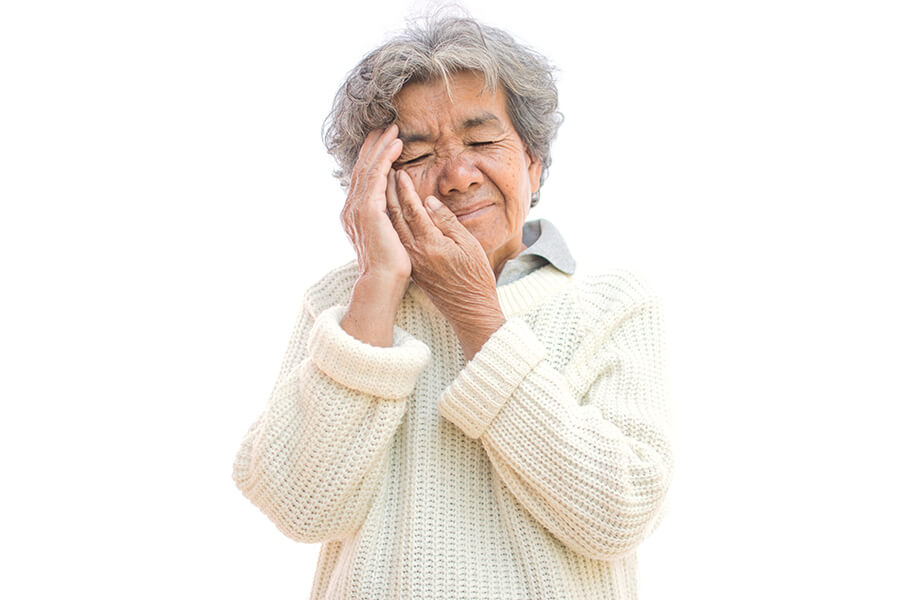
Stroke prevention from TCM perspective
There are two aspects in prevention – fresh occurrence (people who did not have a stroke before) and reoccurrence (people who experienced stroke before). Among the TCM community, it is generally accepted that the five TCM entities associated with stroke are Wind (风), Fire (火), Phlegm (痰), Stagnation/Stasis (瘀) and Deficiency (虚) respectively. The concept of what each entity encompasses and what should be done to mitigate these deficiency, excess, stagnation and imbalance are detailed as below:
1) Deficiency
This internal risk factor arises due to Yin deficiency of the Liver and Kidney. As the human body ages, Liver and Kidney Yin decreases (ageing is something that one cannot change). Although natural ageing is non-modifiable, we can cultivate healthy habits to help conserve the Liver and Kidney Yin, such as:
- Sleeping early at night (before 11 pm)
- Having sufficient rest by not overworking (long hours under stressful conditions)
- Eat Yin nourishing food such as deep, green leafy vegetables, cucumber, celery, millet, eggs and fish
- Avoid fried, grilled food which causes heat and exhausts Yin
2) Fire (Heat)
Yin deficiency results in the production of heat that damages Yin, further aggravating Yin deficiency in the body. Late-night sleep and prolonged extremes of emotions such as anger, frustration and stress bring about fire in the Heart and Liver. If left untreated, this pathogenic fire (imbalance in the body) within the body will deplete Yin to an extent of generating Liver Yang and subsequently Liver Wind which predisposes one to stroke. Some simple ways to mitigate the level of heat in the body:
- Adopting a regular diet of heat clearing food such as lotus seeds and lily bulbs
- Sleeping early
- Maintaining a positive and cheerful mindset
3) Phlegm
Like Wind, Phlegm is also a TCM pathogenic factor produced in the body and causes many diseases. Eating irregularly or ingesting excess dairy products, rich, fatty and sweet food weakens the Spleen and leads to the production of Phlegm, which predisposes the body to obesity. In TCM theory, Phlegm causes numbness in the extremities, mental clouding, slurred speech or aphasia, and a swollen tongue with a sticky coating. Extreme physical work, including excessive exercise and sports, also weakens the Spleen and can lead to Spleen deficiency, which in turn causes Phlegm.
4) Stagnation/Stasis
Qi stagnation can result from either Qi deficiency or stress. Stagnation, in turn, causes Blood stasis which affects the meridians and joints, causing stiffness and pain in the extremities which are commonly experienced by stroke patients. By exercising, keeping active and doing activities which relieve stress, Qi stagnation can improve. Having adequate rest and a well-balanced diet also helps to alleviate Qi deficiency.
5) Wind
Wind must not be taken literally as what we feel in the natural environment. In TCM, there is External Wind and Internal Wind. It is believed that Wind causes the sudden loss of self-awareness in an acute stroke attack, and its subsequent hemiplegia. Liver Yang is formed as a result of severe Liver and Kidney Yin deficiency. This Liver Yang will subsequently induce Liver Wind (Internal Wind) which is a causative agent of stroke, coma, mental clouding and paralysis. Internal and External Wind can interact because the second can shape the first. To quell the formation of Internal Wind, it is important to recognize there are different types of Internal Wind which must be differentiated and dealt with accordingly in clinical practice. The most pertinent categories of differentiation of Internal Wind theory are Heat, Phlegm and Qi deficiency.
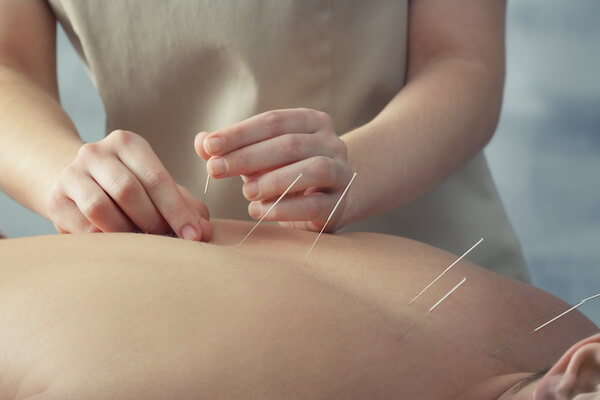
Post-stroke rehabilitation
Besides undergoing the standard care pathway for stroke defined by western doctors, patients can also receive TCM treatment as a complementary form of support to maximize recovery. It is noteworthy that treatments such as acupuncture should be carried out as frequently as three times per week during the first three months after experiencing a stroke. This is because the recovery function of the brain from brain damage is most active during this period.
Types and degrees of disability that follow a stroke depend upon which area of the brain is damaged. Some of the common disabilities resulting from a stroke that can be treated by TCM are listed below:
-
- Hemiparesis and hemiplegia, where there is one-sided weakness or paralysis affecting the face, arm, leg or entire side of the body. These patients may have difficulty with everyday activities such as walking or grasping objects.
- Dysphagia, where patients have a problem with swallowing. This is due to damage to the part of the brain that controls muscles for swallowing.
- Dysphasia, where there are problems with language use, having disruptions either on the productive side (speech/writing) or primarily receptive abilities (comprehension).
- Dysarthria, where muscles used to produce speech are weak or paralyzed, causing slow, slurred speech that is hard to understand. Some people also struggle to maintain the correct pitch or volume when speaking.
- Muscle spasms and spasticity in limbs
- Sensory disturbances, where patients may lose the ability to feel touch, pain, temperature, or position. Some may experience pain, numbness or odd sensations of tingling and pricking in paralyzed or weakened limbs.
- Urinary and faecal incontinence
- Shoulder and arm pain
- Anxiety and depression
- Insomnia
How we help patients with stroke here at Oriental Remedies Group?
Besides treating patients with stroke for their existing condition, we believe that prevention is always better than cure and adopt a holistic approach from administering acupuncture or cupping therapy to advising on all facets of lifestyle including diet, exercise, sleep and emotional health.
Cupping
Cupping is often used for stroke rehabilitation in Asian countries. In a systematic review of 43 studies, although there are not enough trials to provide evidence for the effectiveness of cupping for stroke rehabilitation, cupping therapy has shown positive effects on hemiplegic shoulder pain and high upper-limb myodynamia after stroke, as well as aphasia and intractable hiccup after stroke.
“The vacuum produced from cupping causes a localized expansion of the tissue. This facilitates a profound vasodilation reaction to increase circulation/blood flow to painful constricted areas. Increased circulation improves oxygen supply and cell metabolism, which reduces inflammatory (or toxic) substances.”
— Raleigh Harrell, L.Ac
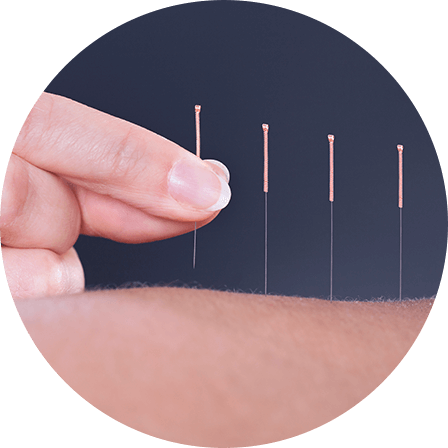
Acupuncture
British Acupuncture Council shares that studies suggest that acupuncture may help in a wide range of post-stroke symptoms such as functional recovery in general, motor function, cognition, speech problems, dysphagia, shoulder pain, urinary incontinence, constipation, depression, fatigue and as a preventive intervention for ischaemic cerebral apoplexy.
In general, acupuncture is believed to stimulate the nervous system and cause the release of neurochemical messenger molecules. The resulting biochemical changes influence the body’s homeostatic mechanisms, thus promoting physical and emotional well-being. Besides being used for post-stroke rehabilitation, acupuncture has also been shown to induce cerebral ischaemic tolerance and have a neuroprotective effect, especially when combined with electro-therapy as electro-acupuncture, highlighting its role as a preventive strategy.
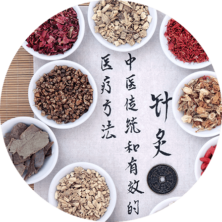
Herbal Medication & Dietary Changes
As mentioned above, there are various factors leading to the formation of Internal Wind which eventually brings about stroke. Once diagnosed, these deficiencies, stagnation and pathogenic factors can be managed and improved through the taking of various herbal medication. For example, a pilot study has indicated that Danshen Dripping Pill (DPP) treatment may reduce the risk of stroke/TIA recurrence, and this reduction may be associated with its anti-inflammatory effects. DPP is a herbal medication comprising of Red Sage Root (Scientific name: Salvia Miltiorrhiza danshen; Chinese name: 丹参), Notoginseng (Scientific name: Panax Notoginseng sanqi; Chinese name: 三七) and Borneol Flakes (bingpian; Chinese name: 冰片). These herbs have a combined effect of moving stagnant Qi and removing Blood stasis, potentially alleviating stagnation/stasis contribution towards formation of stroke.
Your healing is the most important!
In Oriental Remedies Group, we have more than 10 certified bi-lingual TCM Physicians. Each of them has been trained in both Nanyang Technological University (Singapore) and China for a minimum of 5-8 years, in both Biomedical Science and TCM before being certified to practice in Singapore. Specifically, we have Physician Yan who specializes in using acupuncture for post stroke rehabilitation.
Stroke is a dreadful disease for both the patient and family members alike. It is therefore important to receive the best possible care and complementary treatment in your rehabilitation towards a better quality of life. By combining Traditional Chinese Medicine therapies and expertise with Technology-Enhanced Therapies, we strive to provide the best care possible in your journey with us.
Please contact us at +65 8142 2163 for a personalized consultation.
This article is written by Senior Physician Yan.
Disclaimer:
The content on this page is for informational and educational purposes only. Such medical information may relate to disease, injury, drugs and other treatments, medical devices and/or health products. Medical information does not amount to advice, and if advice is needed an appropriate professional help should be sought. The disclaimer asserts that no warranties or representations are given in respect of the medical information, and that the website operator should not be held liable if a user suffers any injury or loss after relying upon the medical information.
References:
[1] J.Neurol.Sci. 2010 July; 294 70-73 Cupping for stroke rehabilitation: A systematic review. By Myeong Soo Lee, Tae-Young Choi, Byung-Cheul Shin, Chang-ho Han, Edzard Ernst
[2] Neural Regen Res. 2016 Apr; 11(4) 59-560 Prevention and protection against cerebral ischemic injury using acupuncture. By Philip V. Peplow, Bridget Martinez
[3] Phytother Res. 2009 Dec; 23(12) 1721-5 Danshen extracts decrease blood C reactive protein and prevent ischemic stroke recurrence: a controlled pilot study. By Xu G, Zhao W, Zhou Z, Zhang R, Zhu W, Liu X

